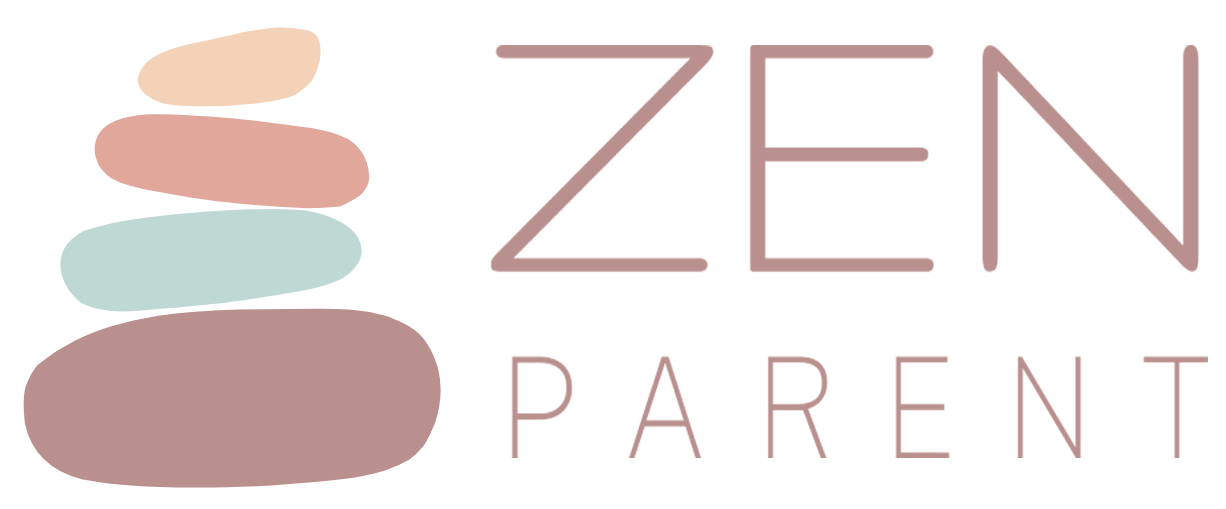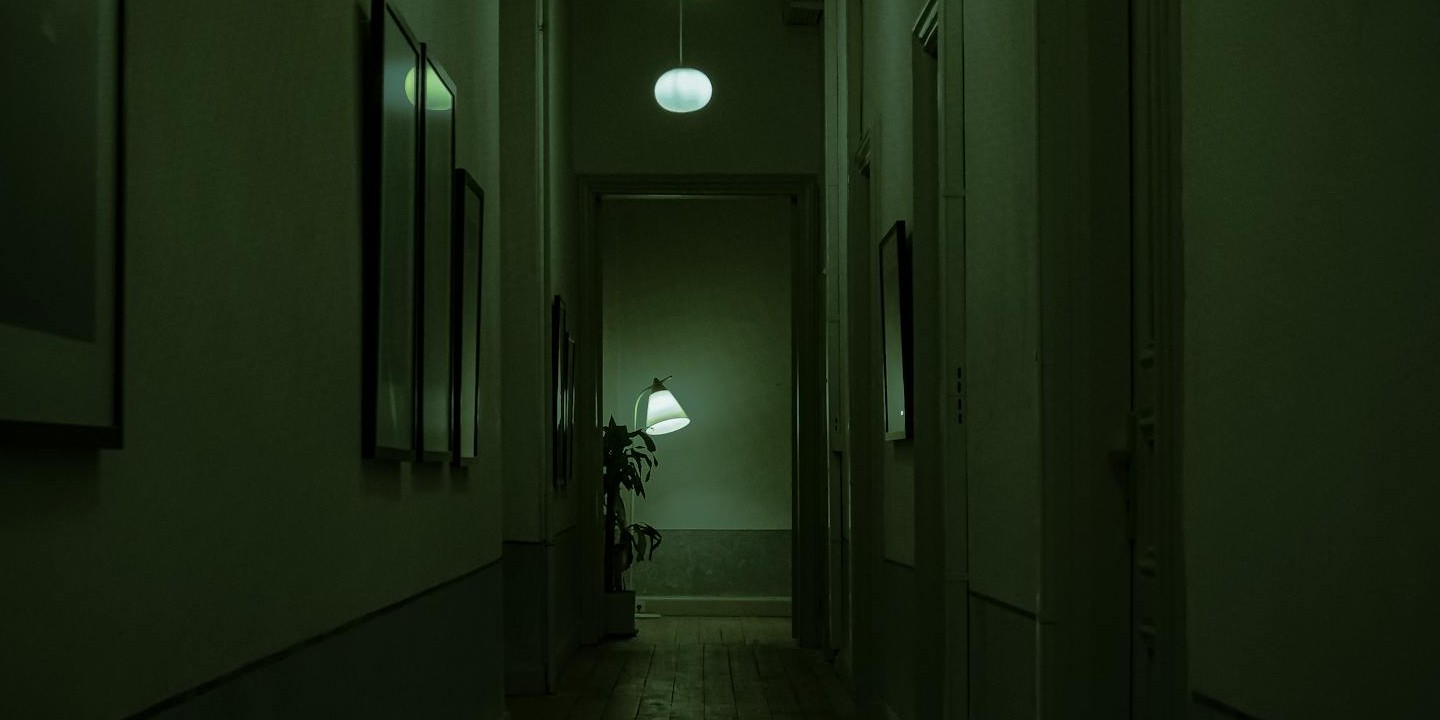10 Annoying Boomer Habits In The Workplace & 10 Annoying Ones Of Younger Generations
10 Annoying Boomer Habits In The Workplace & 10 Annoying Ones Of Younger Generations
Workplace Woes Across Ages
The modern office feels like a sitcom written by two very different generations, where each thinks they’re doing it right at work. Generation Z and millennials have habits and preferences that differ significantly from those of the boomers. In this age of hybrid work and cultural friction, these habits reveal just how wide the generational divide has grown. We’ll look at the most irritating workplace behaviors across generations, starting with the annoyances typical of boomers.
1. Preferring Phone Calls Over Written Communication
A quick call may disrupt deep work and leave no documentation trail. Boomers often value tone and connection, while younger workers lean toward tools that let them focus. This causes a disconnect as younger ones feel they should embrace asynchronous channels.
 Centre for Ageing Better on Unsplash
Centre for Ageing Better on Unsplash
2. Excessive Printing And Paper Usage
Boomers default to printing everything despite digital alternatives. This habit annoys Gen Zs who value efficiency and sustainability. According to the EPA (2023), the average U.S. office worker uses 10,000 sheets of paper annually, much of it unnecessary in cloud-based systems.
3. Reluctance To Adopt New Technologies
Boomers, accustomed to legacy systems, may hesitate to hop onto platforms like Trello or Notion. Pew Research Center (2022) found that tech adoption among workers over 55 significantly lags behind younger cohorts, and this results in bottlenecks in team efficiency.
 National Cancer Institute on Unsplash
National Cancer Institute on Unsplash
4. Scheduling Lengthy, Unstructured Meetings
What some see as valuable face time, others view as a productivity drain. Older workers frequently organize meetings without tight agendas. This is frustrating, as exemplified by Harvard Business Review (2023) reports that claim poorly run meetings cost businesses over $37 billion per year in lost time.
5. Insisting On Physical Office Presence
In-person attendance remains a benchmark for professionalism among many boomers. Yet hybrid setups consistently show higher engagement scores, especially among Millennials and Gen Z. Gallup (2022) revealed that remote employees reported 15% more satisfaction than those bound to office desks full-time.
6. Using Formal, Lengthy Communication Styles
In this digital era, veteran employees can surprise you with how they craft long, structured emails with formal greetings and layered points. Younger ones, pressed for time, tend to scan for essentials and skip the fluff. This clash could be frustrating, given that streamlined messaging enhances response rates.
 Christina @ wocintechchat.com on Unsplash
Christina @ wocintechchat.com on Unsplash
7. Micromanaging And Overseeing Tasks Closely
Hovering over every task can signal distrust. This leadership style, common among Boomers, often erodes morale in independence-driven teams. According to LinkedIn Learning (2023), 70% of workers under 35 cite autonomy as a top factor in job satisfaction.
8. Expecting After-Hours Availability
An older colleague will want you to reply to an email at 8 p.m., and see it as dedication. However, constant contact outside work hours chips away at mental wellness. It also signifies a lack of work-life boundaries vital to long-term retention and performance.
 Arlington Research on Unsplash
Arlington Research on Unsplash
9. Resisting New Ideas And Innovations
Tried-and-true methods offer comfort but can stall innovation. Senior employees may resist ideas that challenge familiar processes, especially from younger peers. However, cross-generational input drives innovation success rates higher and should be adopted.
10. Maintaining Physical Filing Systems
Folders and cabinets still dominate some Boomer workflows, even when digital tools offer faster alternatives. Physical filing slows access and limits remote collaboration. It also shortens retrieval time while still increasing office clutter.
Just as Boomers, younger generations show up with habits that leave older colleagues puzzled. These next 10 are some of them.
1. Excessive Use Of Personal Smartphones At Work
Phone screens dominate many younger workers’ desks. Although tools like Google Calendar and Notion justify some usage, social scrolling mid-shift erodes concentration. The tension lies in distinguishing productivity from distraction, as it is hard to tell them apart.
2. Frequent Expression Of Workplace Dissatisfaction
The openness to communicating hurdles encourages transparency, but sometimes overwhelms managers used to quieter discontent. The APA’s 2023 report showed that Gen Z employees reported the highest emotional stress levels in the workforce, and they don’t hesitate to show it.
 Sebastian Herrmann on Unsplash
Sebastian Herrmann on Unsplash
3. Reluctance To Work Overtime Without Extra Pay
Requests to stay late are met with a firm “no” or silence from younger staff. While the boundary-setting reflects healthy priorities, older colleagues view it as inflexible or even entitled. Gartner (2024) noted that over 70% of Gen Z expect flexible work hours.
4. “Quiet Quitting” Or Doing The Minimum Required
Completing just what's listed, and nothing more, has become a quiet norm. Over half of U.S. workers now fit this minimalist mold. While some call it healthy detachment, the older generation sees it as passive resistance. It’s disengagement disguised as balance.
5. Using Informal Language And Emojis In Professional Communication
A thumbs-up emoji or “lol” in an email may be harmless, but it grates on more formal coworkers. Slack’s 2022 report showed most younger teams see emojis as tools for clarity, but tone can still miss the mark. In fast-paced offices, casual communication creates confusion.
6. Changing Jobs Frequently (Job Hopping)
Before you learn their name, they’re already drafting a resignation email. Millennials and Gen Z switch roles at nearly twice the rate of Boomers, according to Pew Research (2022). It leaves older teammates annoyed at constantly onboarding replacements.
7. Expecting Constant And Immediate Feedback
Every task, no matter how small, invites follow-up questions and review requests. While Gallup (2023) shows regular feedback boosts Millennial engagement, the nonstop need can overwhelm older managers. Annual reviews once sufficed, but now it’s weekly nudges.
8. Heavy Reliance On Digital Messaging Platforms
Younger workers flood Slack and Teams with updates, but Owl Labs (2023) found they're far less likely to use traditional email. The overload of messages and platforms leaves their coworkers juggling threads and missing context entirely.
9. Casual Attitudes Toward Workplace Formality And Dressing
Graphic tees and sneakers might fly in startups, but they still irk Boomers expecting business attire. SHRM (2023) reported that relaxed dress codes improved morale. While this is true, it is not for everyone. Casual dress can read as careless.
10. Multitasking And Frequent Task Switching
Rapid tab-hopping and app-juggling are common among Gen Z. To older coworkers, it looks scattered and indicates a lack of strategy, and APA (2022) found that multitasking reduces overall productivity by up to 40%.























